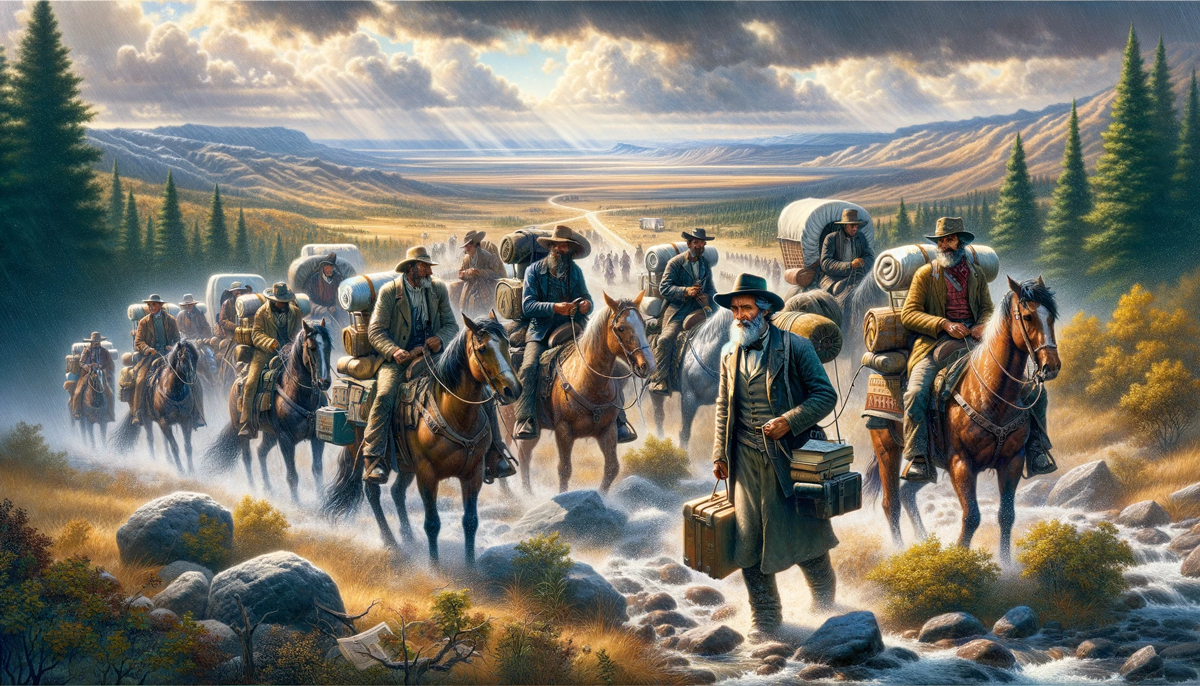The early Methodists were not well liked in early America. The very reasons for this are why we need to take a closer look at them.
Methodism is a label that is dusty, kind of like what we feel when someone says “K-Mart” or “Woolworth.” This is so much the case that some of you about had a cow when you read the title of this article.
However, early Methodists of the 1700s and 1800s were on fire. They led with authority, and the authorities led by example.
When people claim to be in the historical tradition of movements like Methodism, Anabaptism, or Reformed Theology, they rarely reflect the daily habits of the great founders who suffered brutally with burdens beyond description. We are selective in our identification of the theological truths we want to retain, usually the snippets that are not costly.
In reading Reminiscences by Henry Boehm, the longest accompanying circuit riding bishop to have traveled alongside of Francis Asbury, it is apparent that in spite of rain, snow, medical issues, horse troubles, opposition, lack of buildings, harsh terrain, and absences from loved ones, the early men who were licensed and ordained to travel around sharing Christ were almost superhuman.
First, they had an ethic of going. They also practiced self-discipline that made them a model for others. They did not just expand the church; they lived the joy of Christ amid countless daily battles, moving from town to town with the gospel. They were endlessly planting churches and pushing the limits of the Christian frontier.
We have to be careful not to read anachronistically into the term ‘bishop’ when we read about Asbury, Boehm, Newcomer, Garrettson. These men did not sit in an office with a suit on answering the phone. These were tough men that spoke about Christ wherever they went, often not knowing where they would sleep or how they would eat. They marched on, even when they were misunderstood, beaten, or chased off.
The most shocking thing in reading circuit riding journals is that they were always going. We have lost much of that today. Contemporary models of church leadership and preaching are practices within the four walls of the church.
However, leadership is about modeling, about going, and about being the people we need to be, while in motion. When we train people for ministry today, we typically do it in a building on a school campus, while the classroom is really the world. That was Jesus’ way. That should still be the nature and vision of Christian ministerial education and Christian discipleship in general. “Follow me, and I will make you…” (Mt. 4:19).

